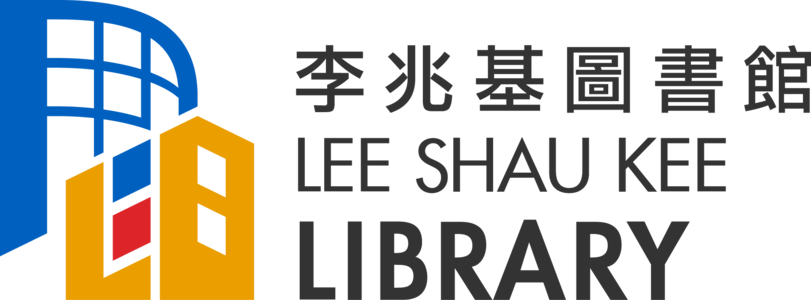Research evaluation measures research quality in several dimensions, such as research projects, researchers, institutions, research output and impact, and more.
These elements relate to different areas of the research process and may reflect how well the topics, design, methodology and report are delivered. For a variety of purposes, stakeholders in scholarly community including scientists, scholars, policy makers, peer reviewers, practitioners, students, etc. often need to conduct research evaluation.
One of the useful metrics for research evaluation is citation analysis. It explores the reference patterns in academic literature for studying the scholarly communications trends and research impact. Traditional tools, such as InCites Journal Citation Reports, h-index, Web of Science Citation Indexes (SCI/SSCI/ A&HCI) & Scopus, provide information about journal impact factors, an individual’s research performance and article-level citation counts. A recent visualization tool, citation network, is a directed graph that shows the citation relations among a group of scholarly publications.
Compared to traditional text-based citation metrics, visualized citation network can transform large amounts of data into pictures showing the connections between articles and authors, the highly cited publications and the development of a specific research field/topic. Many free software are available for citation network visualization including VOSviewer, CitNetExplorer, Gephi, Local Citation Network, Sci2 and Citation Gecko.
— By Becky Lee, Library
Hits: 1291
Go Back to page Top
- Category:
- Research Tools
Tags: citation network, Citation tools, data visualization, research evaluation
published March 10, 2021


